Defi Challenge

What is decentralized finance (DeFi) and how does it work ?
Decentralized finance (DeFi) is a financial system based on blockchain technology that operates without intermediaries like banks. It is transparent, borderless, permissionless, and interoperable. The core components of DeFi are smart contracts, cryptocurrencies, decentralized applications, and blockchain infrastructure. Users can access DeFi platforms through wallets, provide collateral for loans, earn interest by depositing their cryptocurrencies into lending platforms, trade assets peer-to-peer, get insurance against risks associated with smart contracts and cryptocurrency holdings, and have voting rights within the ecosystem. However, DeFi faces challenges such as scalability issues, regulatory uncertainty, security risks, and user experience complexity. Despite these challenges, DeFi has immense potential to democratize finance and provide inclusive solutions.

How does DeFi differ from traditional finance ?
DeFi is a financial system based on blockchain technology and smart contracts, while traditional finance relies on intermediaries like banks. Key differences include centralization vs decentralization, accessibility, transparency, security, cost efficiency, and regulation. DeFi offers advantages such as wider accessibility, higher transparency, and lower fees, but also comes with risks. It's important to research and consult professionals before making financial decisions.

Are there any risks associated with investing in DeFi ?
Investing in DeFi comes with risks such as smart contract vulnerabilities, impermanent loss, regulatory uncertainty, and lack of transparency. It is important for investors to carefully evaluate these risks before investing in any DeFi project.

How do DeFi tokens work ?
Decentralized Finance (DeFi) tokens are digital assets operating on blockchain technology, designed to facilitate financial transactions without intermediaries. These tokens can represent various assets like currencies, commodities, and cryptocurrencies. Key features of DeFi tokens include decentralization, smart contracts, and interoperability. They work through token issuance, utility within their respective projects or platforms, and governance mechanisms allowing holders to vote on important decisions related to the project's development. Benefits of DeFi tokens include accessibility, transparency, and innovation in financial products and services.

How can I get started with decentralized finance ?
Topic Summary: The text provides an overview of Decentralized Finance (DeFi) and its benefits, such as transparency, accessibility, efficiency, and innovation. It outlines steps for getting started with DeFi, including self-education on cryptocurrencies and blockchain, setting up a crypto wallet, acquiring cryptocurrency, connecting to a DeFi platform, exploring DeFi services like lending, borrowing, liquidity providing, yield farming, and tokenization, and practicing safe DeFi habits. The text emphasizes the importance of risk management, security, and continuous learning in navigating the evolving world of DeFi.

Is decentralized finance regulated by governments or financial institutions ?
The regulation of decentralized finance (DeFi) is a complex issue that involves both government and financial institutions. Governments can regulate DeFi indirectly through tax laws and anti-money laundering/know your customer (AML/KYC) laws, while also taking enforcement actions such as investigations, sanctions, and fines. Financial institutions may engage in self-regulation by establishing industry standards and best practices, building bridges with traditional finance, and offering insurance products tailored for DeFi risks. As the DeFi ecosystem continues to grow, it is likely that both government and financial institution regulation will continue to evolve.
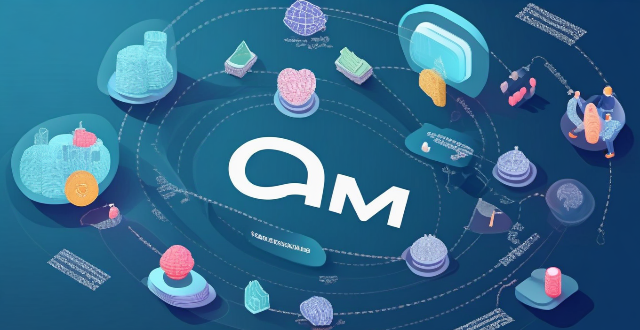
What are the benefits of using decentralized finance ?
Decentralized finance (DeFi) is a sector within the cryptocurrency space that aims to create an open-source, permission-less, and transparent financial service ecosystem using blockchain technology. It offers several benefits over traditional financial systems, including increased accessibility, lower costs, greater transparency, enhanced security, programmable money, improved efficiency, and financial inclusion. By eliminating intermediaries and reducing overhead costs, DeFi makes financial services more affordable and accessible to a wider audience. Its transparent ledger system reduces fraud and increases trust among participants, while its secure blockchain networks protect user funds. DeFi also enables programmable money, allowing for customized financial products and services, and improves efficiency by streamlining transaction processing. Ultimately, DeFi has the potential to revolutionize finance by democratizing access to essential financial services for underbanked populations and bridging the gap between developed and developing countries in terms of financial access.

How secure is decentralized finance compared to traditional finance ?
The text provides a comparative analysis of the security aspects of decentralized finance (DeFi) and traditional finance (TradFi). DeFi relies on blockchain technology for peer-to-peer transactions, while TradFi operates through centralized institutions. Both systems have unique security features and risks, with DeFi offering transparency and automated contract execution but facing smart contract vulnerabilities and lack of regulatory clarity. TradFi benefits from regulatory oversight and physical security measures but is susceptible to systemic risks and cybersecurity threats. The choice between DeFi and TradFi depends on individual preferences and risk tolerance, and it's crucial to stay informed about new developments in the evolving financial landscape.

What are some popular DeFi platforms ?
Summary: The text provides an overview of popular DeFi (decentralized finance) platforms, including Uniswap, Compound, MakerDAO, Aave, and Curve Finance. Each platform has unique features that enable users to trade, lend, borrow, or earn interest on their crypto assets without intermediaries. These platforms utilize various models such as automated market makers, over-collateralization, flash loans, and innovative algorithms to facilitate transactions and maintain stability in a decentralized environment.

Can sports provide a platform for individuals to challenge themselves and reach their full potential ?
**Summary:** This essay posits that sports provide a comprehensive platform for individuals to challenge themselves and reach their full potential. It explores how sports offer psychological benefits such as mental toughness, goal setting, and confidence building; physiological benefits including improved physical fitness, skill development, and resilience; and social benefits like teamwork, leadership, and camaraderie. Personal stories of overcoming adversity further underscore the transformative power of sports in personal growth. The conclusion affirms that sports are not just about physical activity but are a means to unlock human potential holistically.

How does cryptocurrency affect the global economy ?
The rise of cryptocurrency is having a significant impact on the global economy. Its decentralized nature challenges traditional monetary policy, increases financial inclusion for underserved populations, spurs innovation in the financial sector, and raises regulatory challenges. However, it also presents risks such as fraud and scams, as well as environmental concerns due to high energy consumption in mining.

What are the main challenges faced by low-income countries in achieving sustainable development ?
Low-income countries face numerous challenges in achieving sustainable development, including poverty reduction, environmental protection, social inclusion, and institutional capacity. Addressing these challenges requires a comprehensive approach that involves collaboration between governments, civil society organizations, and international partners.
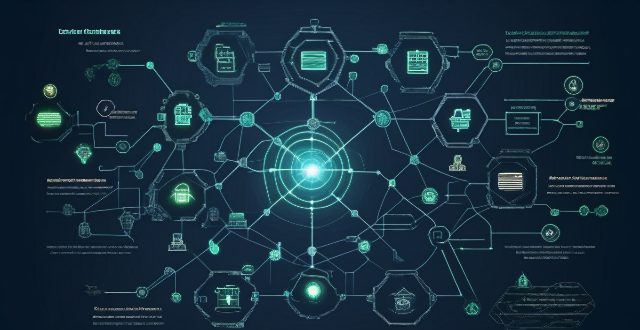
What is the future of blockchain beyond cryptocurrency ?
This article explores the potential applications of blockchain technology beyond cryptocurrency, highlighting key areas such as decentralized finance (DeFi), supply chain management, healthcare, government services, and intellectual property rights management. It emphasizes how blockchain can improve transparency, security, efficiency, and accessibility in these sectors through features like peer-to-peer transactions, smart contracts, tokenization, traceability, interoperability, data privacy, identity management, public records storage, voting systems, proof of ownership, streamlined licensing, and fraud prevention. The article concludes by stating that the future prospects of blockchain technology are vast and promising, offering numerous opportunities for innovation and transformation across various industries.

What are the main challenges in achieving carbon neutrality ?
Achieving carbon neutrality is a complex and multifaceted challenge that requires a coordinated effort from governments, businesses, and individuals. Some of the main challenges include economic implications, technological barriers, political will, public awareness and participation, natural resource constraints, energy demand growth, existing lock-in effects, legislative and regulatory hurdles, cultural and social factors, and research and development needs. It's a daunting task, but one that is necessary for the long-term health of our planet.

What challenges do engineers face when designing rockets for deep space exploration ?
Designing rockets for deep space exploration poses several challenges to engineers, including extreme conditions, long-duration missions, communication delays, limited resources, complexity of systems, safety concerns, cost constraints, environmental impact, and regulatory compliance. These challenges must be carefully considered to create effective solutions that enable us to explore our solar system and beyond.
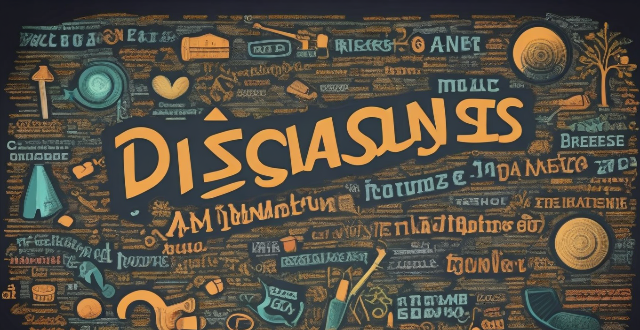
What are the challenges in implementing environmental legislation ?
The text discusses the challenges in implementing environmental legislation, including lack of awareness and education, insufficient funding and resources, political will and support, legal and administrative hurdles, technological limitations, and international cooperation and coordination. Addressing these challenges requires a multi-faceted approach involving education, advocacy, policy reform, and collaboration at all levels of society.

What are the challenges faced by IoT ?
The Internet of Things (IoT) faces several challenges such as lack of standardization, security and privacy concerns, scalability issues, interoperability problems, limited battery life, high costs, complexity of management, and legal and regulatory challenges. Addressing these challenges requires collaboration between manufacturers, developers, regulators, and users to create standardized protocols, secure systems, and scalable infrastructure that can support the growing number of IoT devices.
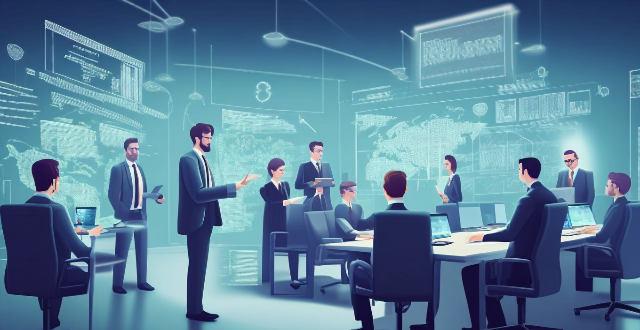
What challenges do we face in implementing resource-efficient utilization globally ?
Implementing resource-efficient utilization globally presents several challenges, including lack of awareness and education, economic barriers, technological limitations, legal and policy constraints, and cultural differences. Addressing these challenges will require a multifaceted approach that involves raising awareness, providing economic incentives, investing in research and development, creating supportive policies and regulations, and fostering cross-cultural understanding and collaboration.
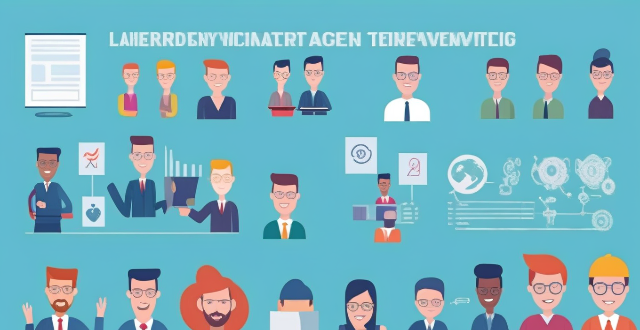
What are some common challenges faced by sports leaders and how can they be overcome ?
Sports leaders face a myriad of challenges that test their ability to manage teams effectively. These include maintaining team morale, dealing with performance pressure, handling injuries, balancing development and winning, navigating media scrutiny, managing finances, adapting to change, and upholding ethical standards. Strategies like fostering team cohesion, implementing mental skills training, having injury management plans, long-term planning, media training, financial diversification, staying informed, and promoting transparency can help overcome these challenges.

What challenges do we face in achieving a continuous supply of sustainable energy ?
The challenges to achieving a continuous supply of sustainable energy include technological limitations, economic barriers, political and social factors, infrastructure and grid integration issues, and environmental impacts. Addressing these challenges requires collaboration between governments, businesses, and individuals to work towards a more sustainable future for our planet.
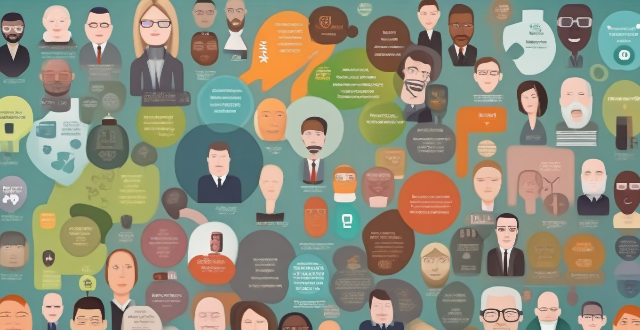
What challenges do developing countries face in adopting climate-smart technology ?
Developing countries face challenges in adopting climate-smart technology, including lack of financial resources, limited access to technology, inadequate legal and policy frameworks, limited human capacity, insufficient infrastructure, and cultural barriers. These challenges can hinder the adoption and implementation of climate-smart technology on a large scale, limiting their ability to address climate change effectively.

What are the challenges faced by the wind energy industry ?
The wind energy industry faces several challenges including intermittency, site selection, manufacturing issues, maintenance and reliability concerns, and environmental impact. Addressing these challenges requires innovation, policy support, and collaboration between stakeholders and communities.

What are the key challenges faced by female-centric non-profit organizations, and how can they be overcome ?
Female-centric non-profit organizations face several key challenges, including limited funding and resources, lack of visibility and recognition, gender bias and stereotyping, limited access to technology and digital tools, and balancing advocacy and service delivery. To overcome these challenges, organizations can explore alternative funding sources, increase visibility through social media and community events, prioritize diversity and inclusion, leverage cost-effective technology solutions, and build alliances with other organizations. By addressing these challenges, female-centric non-profit organizations can effectively support women and girls and create positive change in their communities.
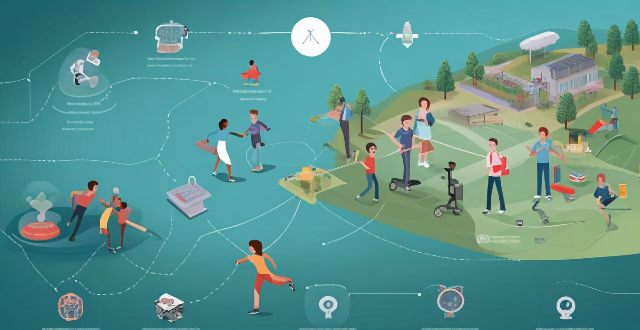
What are the potential risks and challenges associated with the increasing reliance on technology in sports ?
The integration of technology in sports has revolutionized the way games are played, watched, and analyzed. However, this increasing reliance on technology also brings several potential risks and challenges that need to be addressed, including overreliance on technology, cheating and unfair advantages, data privacy and security concerns, cost and accessibility issues, and health concerns related to excessive use of certain technologies. Addressing these challenges is crucial for maintaining the integrity and fairness of sports while still enjoying the benefits of technological advancements.

What are the key challenges facing the growth of green finance ?
Green finance is facing several key challenges, including lackGreen finance is facing several key challenges, including lack data availability, inadequ there needs to be greater harmonization and standardization of definitions and reporting requirements for green finance, increased efforts to collect and share data on environmental impacts and risks, stronger regulatory frameworks that encourage transparency and accountability, greater education and outreach efforts aimed at increasing awareness and understanding of green finance among investors, and greater emphasis on highlighting the potential economic benefits of green finance.

What are the current global challenges in achieving gender equality in education ?
Gender equality in education is a fundamental human right and key to economic growth, social development, and poverty reduction. However, several challenges hinder its achievement globally. One major challenge is the lack of access to education for girls due to poverty, cultural beliefs, and traditional roles assigned by society. Another challenge is gender bias in curriculum and teaching methods that lead to a lack of representation and role models for girls while perpetuating harmful stereotypes about gender roles. Sexual harassment and violence against girls in schools also hinder gender equality in education by creating an unsafe learning environment that can lead to low self-esteem, anxiety, depression, and dropping out of school altogether. Insufficient funding for girls' education prevents schools from providing proper facilities, materials, or trained teachers needed to support girls' learning. Addressing these challenges requires policy changes, increased funding, improved curriculum design, teacher training programs, and awareness campaigns targeting both parents and communities.

What challenges do people face while shopping globally ?
Shopping globally can be an exciting experience, but it also comes with its own set of challenges. These challenges can range from language barriers to shipping delays and customs issues. In this article, we will discuss some of the most common challenges faced by people while shopping globally. One of the biggest challenges when shopping globally is the language barrier. Many online stores operate in different languages, which can make it difficult for shoppers to understand product descriptions, return policies, and other important information. This can lead to confusion and frustration, especially if there are no translation options available. Another challenge faced by global shoppers is shipping delays. Depending on the country you are shipping to, it can take several weeks or even months for your package to arrive. This can be frustrating if you need the item urgently or if it is a gift for someone else. Additionally, shipping costs can also be quite high, which can make the overall cost of the purchase more expensive. Customs issues are another challenge that global shoppers may face. When purchasing items from abroad, they may be subject to customs duties and taxes that can significantly increase the cost of the item. Additionally, some items may be prohibited from being imported into certain countries, which can result in them being confiscated at customs. Returning items purchased from international retailers can also be challenging. Many retailers have strict return policies that require the item to be returned within a certain time frame or only accept returns for certain reasons. Additionally, returning items can be expensive due to shipping costs and may take a long time to process. Currency conversion can also be a challenge when shopping globally. The exchange rate between currencies can fluctuate rapidly, which can make it difficult to determine the exact cost of an item in your local currency. This can lead to unexpected charges on your credit card statement or make it difficult to compare prices between different retailers. Finally, another challenge faced by global shoppers is limited product availability. Some products may not be available in certain countries or regions, which can limit your options when shopping online. Additionally, some retailers may not offer international shipping or may only ship to certain countries. In conclusion, shopping globally can come with its own set of challenges such as language barriers, shipping delays, customs issues, return policies, currency conversion, and limited product availability. However, with careful planning and research, these challenges can be overcome, allowing you to enjoy the benefits of shopping from around the world.

What are the challenges faced by immigrants in terms of cultural integration ?
Immigrants face numerous challenges in cultural integration, including language barriers, employment difficulties, sociocultural differences, legal and policy issues, educational hurdles, housing and settlement problems, and healthcare access concerns. Addressing these challenges is crucial for building inclusive communities where immigrants can successfully integrate and thrive.
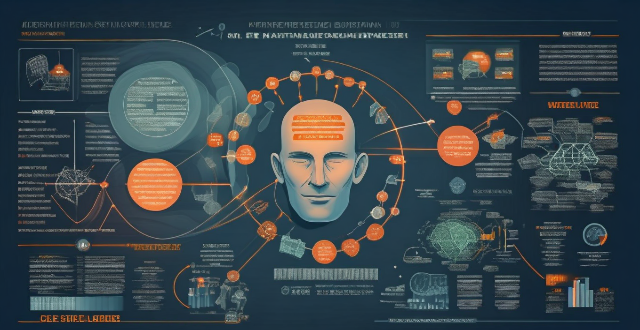
What are the challenges faced by small and medium-sized enterprises (SMEs) in achieving energy efficiency ?
Small and medium-sized enterprises (SMEs) face unique challenges in achieving energy efficiency, including limited financial resources, lack of information and knowledge, resistance to change, access to technology, regulatory compliance, and limited staff expertise. Addressing these challenges can help SMEs improve their energy efficiency and reduce costs over time.
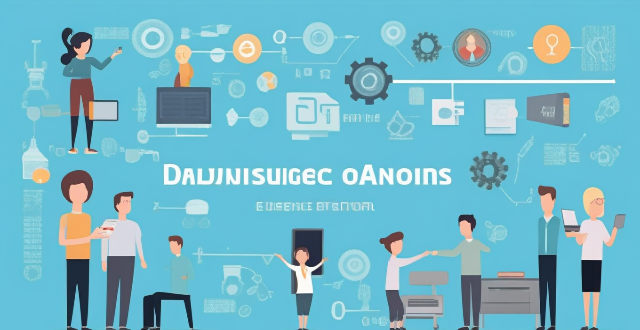
What challenges might I face when constructing a knowledge framework, and how can I overcome them ?
The text discusses the challenges in constructing a knowledge framework and provides solutions to these challenges. The challenges include identifying relevant information, structuring the framework, technical limitations, human factors, and maintenance and updates. The solutions suggested are using reliable sources, implementing filtering techniques, consulting with experts, using an iterative approach, visual mapping, modular design, custom development, flexible design, peer review, user testing, feedback loops, automated systems, dedicated teams, and regular reviews. By anticipating potential challenges and implementing appropriate solutions, you can create a robust and effective knowledge framework that supports learning, decision-making, and innovation within your domain.